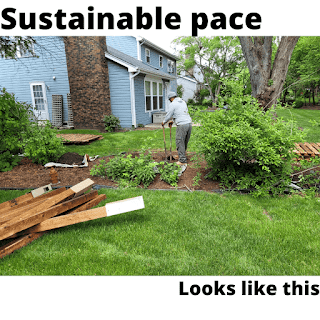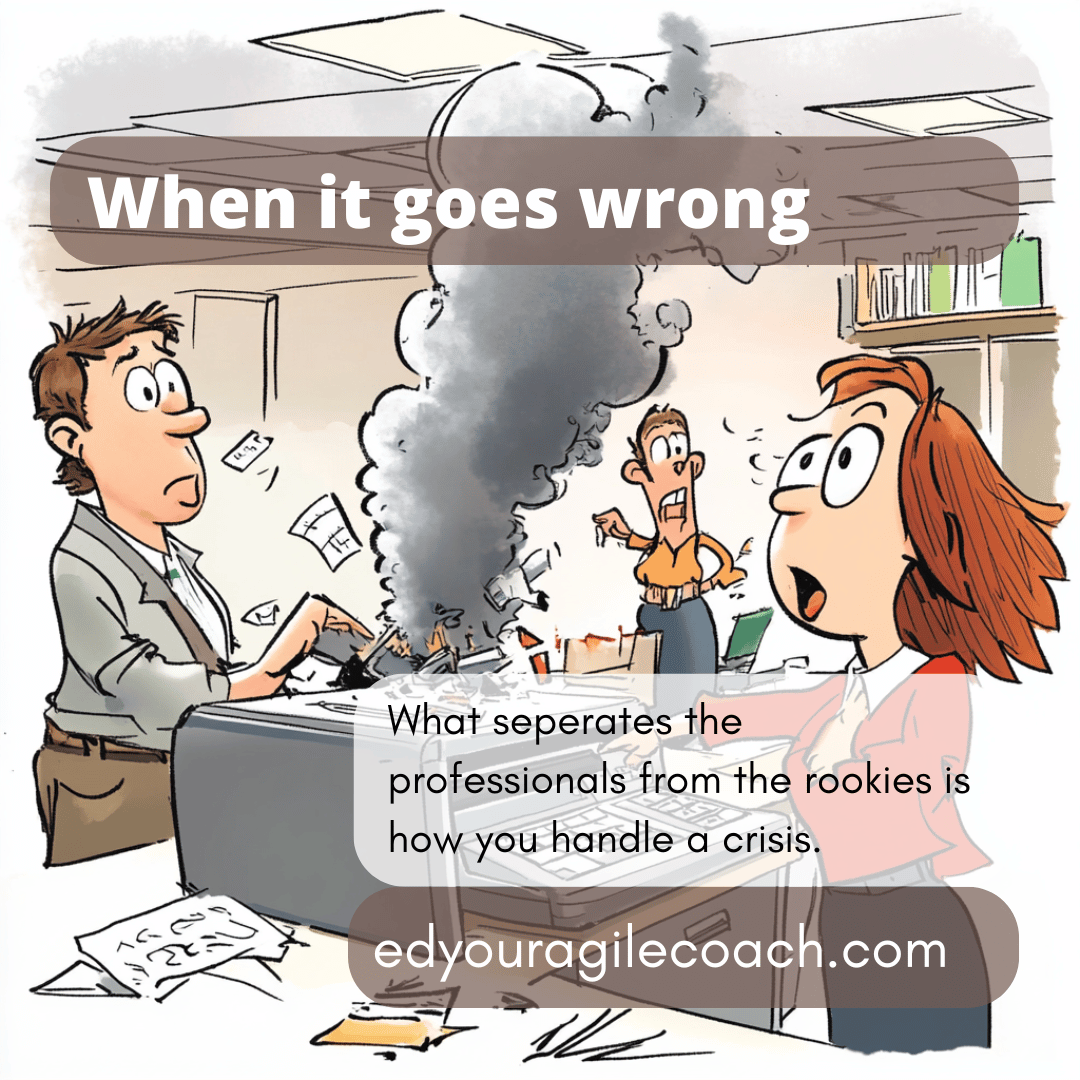What sustainable pace looks like

I own my own home. It is a fantastic privilege but comes with plenty of responsibility. My most considerable responsibility is maintaining the property and making improvements to make the home more livable for my family. After weeks of permits and negotiations with my neighbors this week, I had a fence installed. It looks great, but an additional benefit is that the installation crew taught me a valuable lesson about agile and sustainable pace.
The principles of agile emphasize development should be sustainable. Unfortunately, no one can agree on a sustainable pace in real life. Business people often think technology is magic and created overnight. Engineers and developers know the truth: software development takes time, concentration, and tremendous mental energy. So when agile principles discuss sustainable pace, what exactly do they mean?

One morning, I learned what a sustainable pace looks like in practice. A crew of four people comes to my house with over 250 feet of cedar fence. The foreman reviewed the outline with me. He laid out string to show me the perimeter, and with one final check with me, everything looked good, and he began installing my fence. I immediately noticed something about the crew; they did not have a sense of urgency about what they did. The team dug the post holes at what I thought was a leisurely pace. Each crew member took a break to drink water, and when it was lunchtime, they all stopped what they were doing and took a full hour's lunch.
Over the day, my yard had the fence installed. It looked great and met my definition of done. No-fuss. Installing a cedar fence differs from writing enterprise software, but the work crew taught me about sustainable pace. Here is what I learned.
- Take breaks – people get thirsty and need to rest; let them.
- A steady pace is better than being rushed – It is less stressful and reduces mistakes.
- Take lunch – The work will be there when you get back.
- Double-check the work before starting – Ensuring you understand what you need to do never hurts.
- Pay attention to quality - The rest will take care of itself.
More project managers should watch a fence installation crew work; they might finally understand what is meant by sustainable pace.
Until next time.




Comments ()